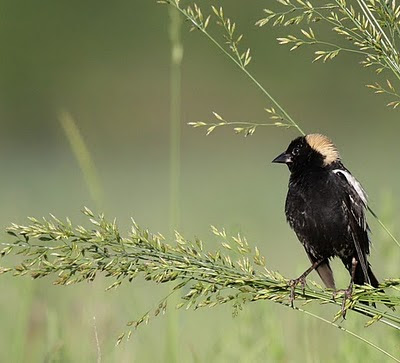 |
| a page from the just released WWF "Plowprint Report" for the Great Plains |
WWF data shows that 53 million acres of land in the Great Plains have been converted to cropland since 2009. From 2014 to 2015 alone, approximately 3.7 million acres were lost.
 |
| when native grass is plowed as this was in the summer of 2015, tons of carbon are released |
According to the WWF's annual "Plowprint Report" ,published annually to show the loss of grassland habitat, "in 2014, the Great Plains lost more acres to conversion than the Brazilian Amazon."
Where is this happening? Right here in Saskatchewan. In fact, Saskatchewan's White Valley Rural Municipality (Eastend area in the southwest of the province) had the highest rates of habitat loss among regions where there is important grassland bird
habitat.
In general, though, as the report says, "the highest rates of loss occurred in the Prairie Potholes Region and specifically in the Canadian portion of that region. The rate of loss in this region is about twice that of the larger study region."
Here are the maps from the WWF Plowprint Report for 2016 (pdfs here for general info and here for facts and figures). Red areas in the map on the left show regions where the rate of grassland loss is highest (Saskatchewan is among the worst) and green in the map on the right shows what remains of native cover on the Great Plains:
 |
| Areas of greatest grasslands loss on the Great Plains, courtesy of WWF |








